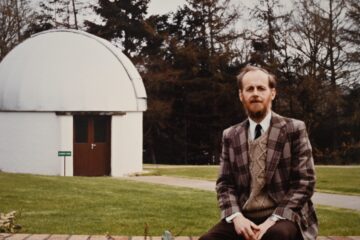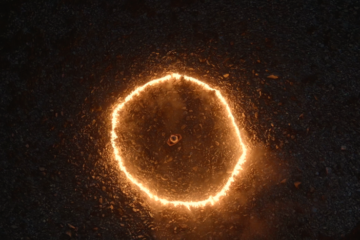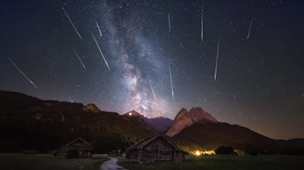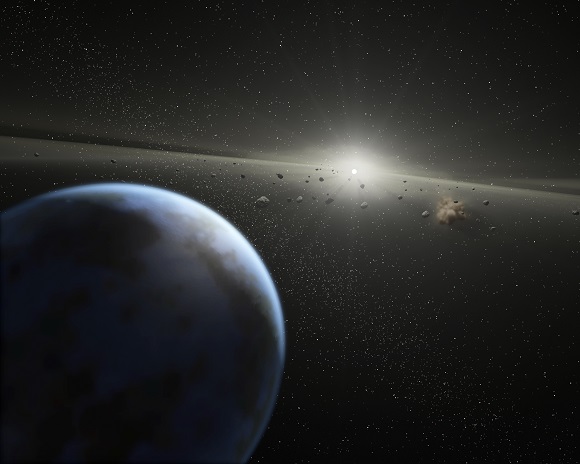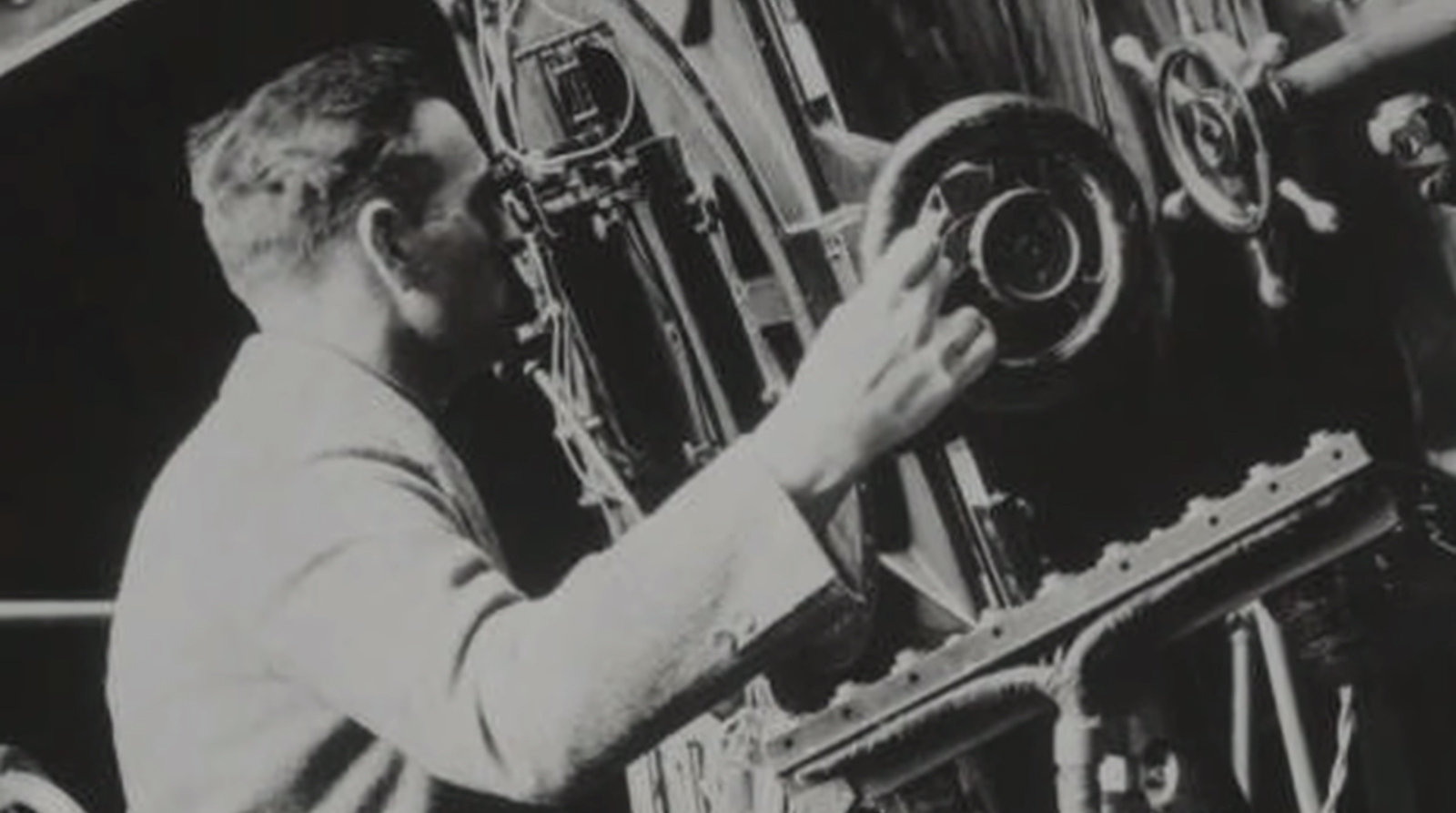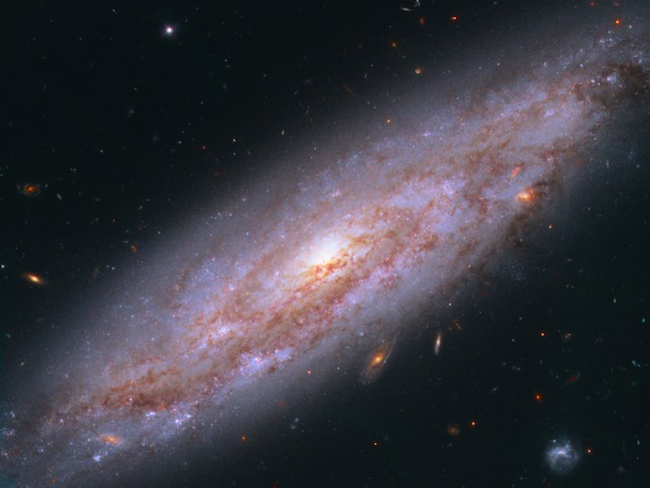Dr Mart de Groot (1938-2025) – Eighth Director of the Armagh Observatory
On 9 October 2025 Dr Mart de Groot passed away at his home in Richhill, Armagh. Dr de Groot stood as the 8th Director of the Armagh Observatory between 1976 and 1994, stewarding the institution through troubled times and celebrating the two hundredth anniversary in 1990. Mart de Groot Read more
